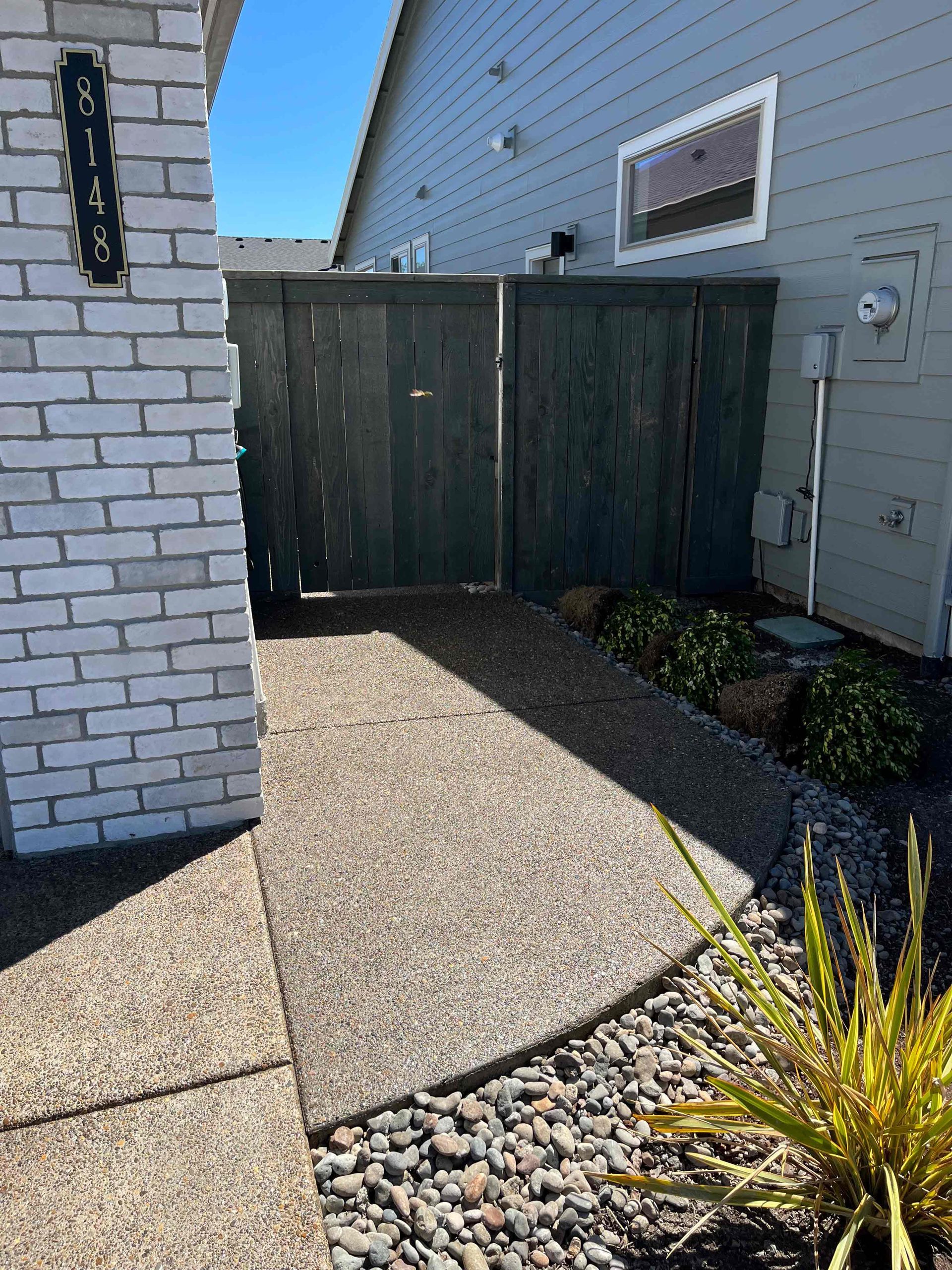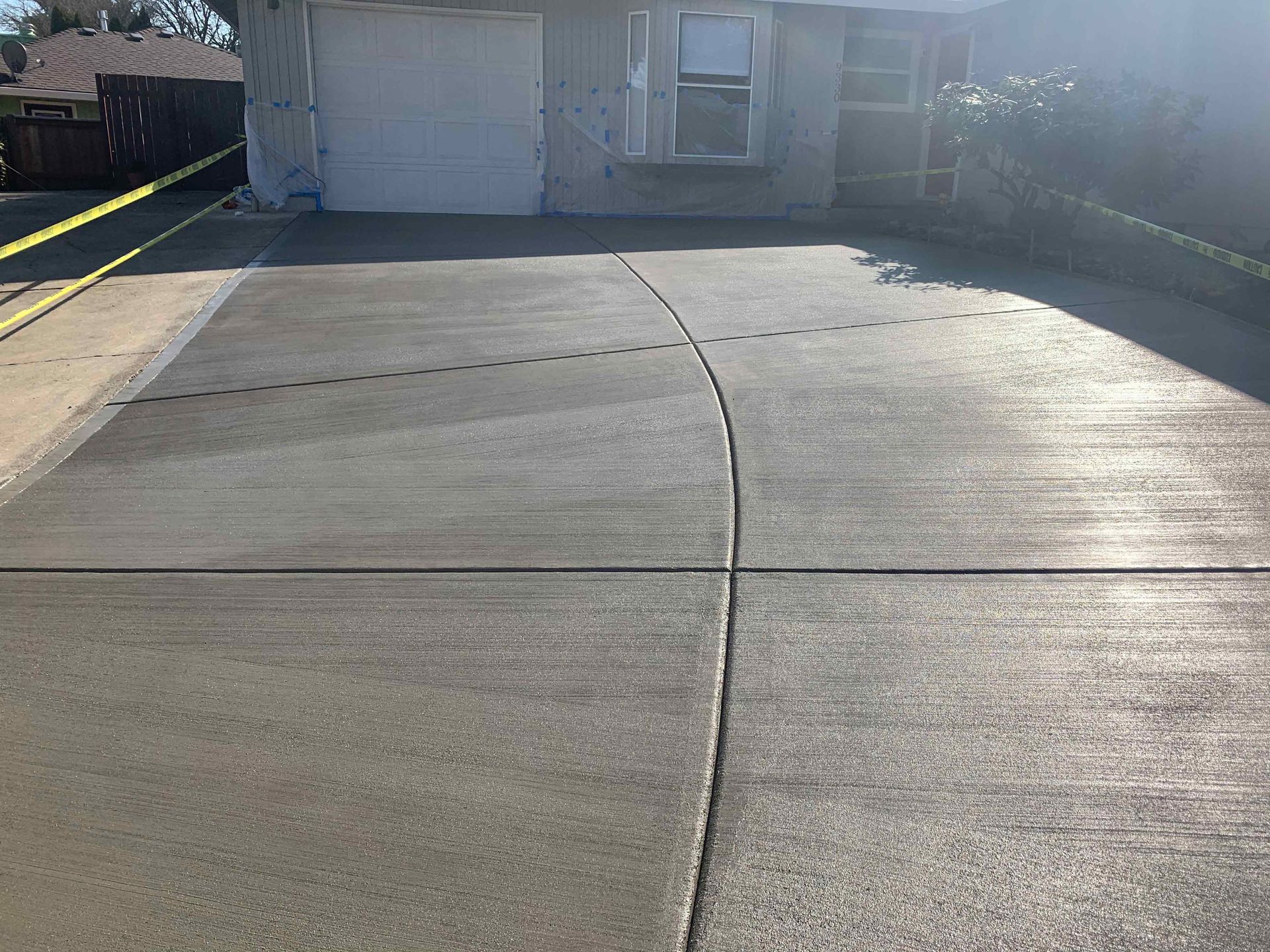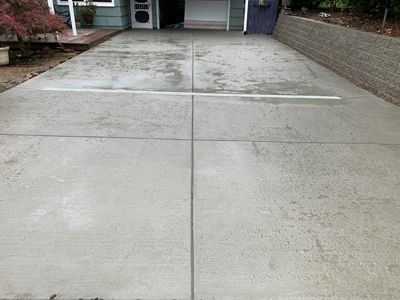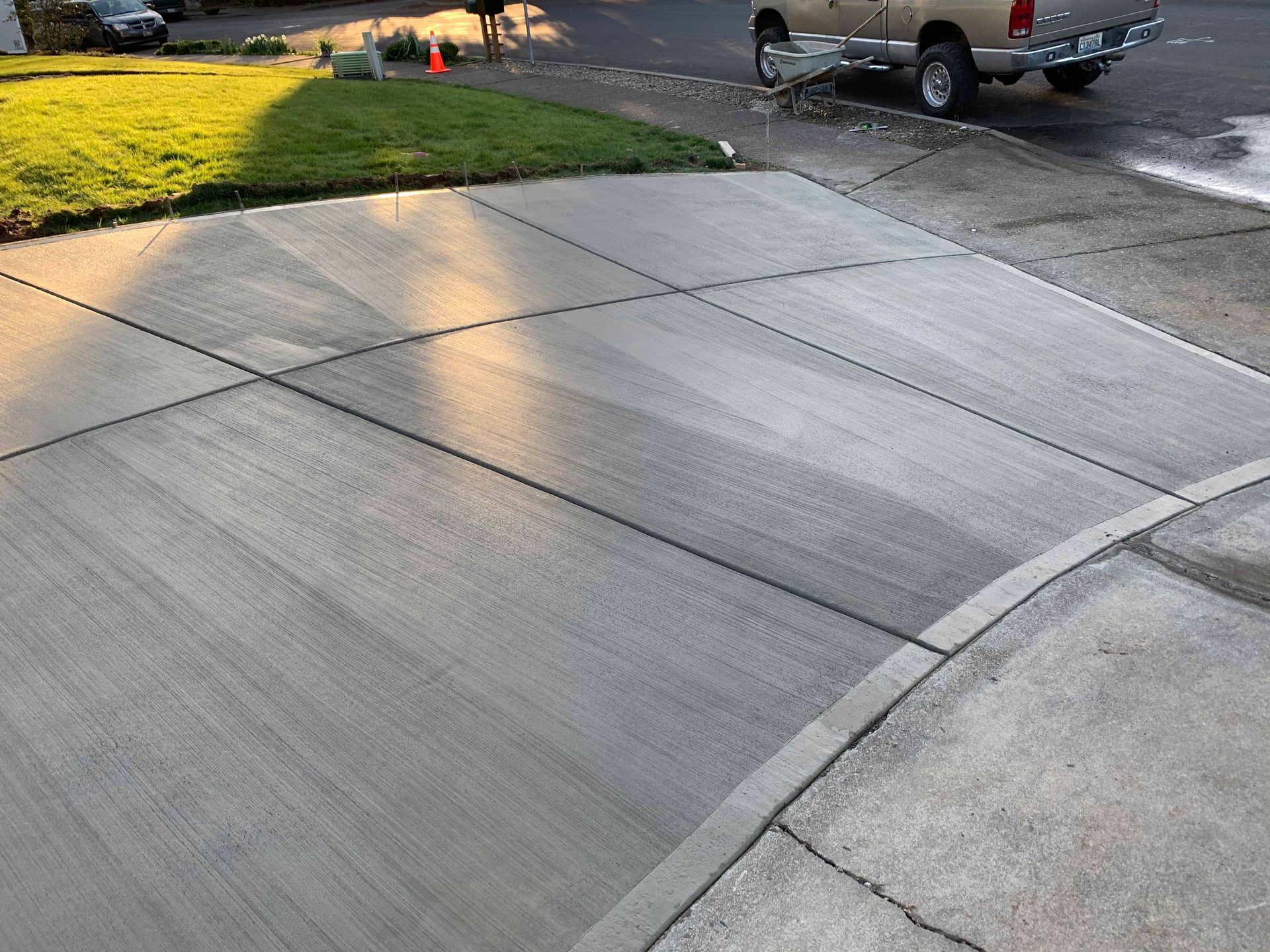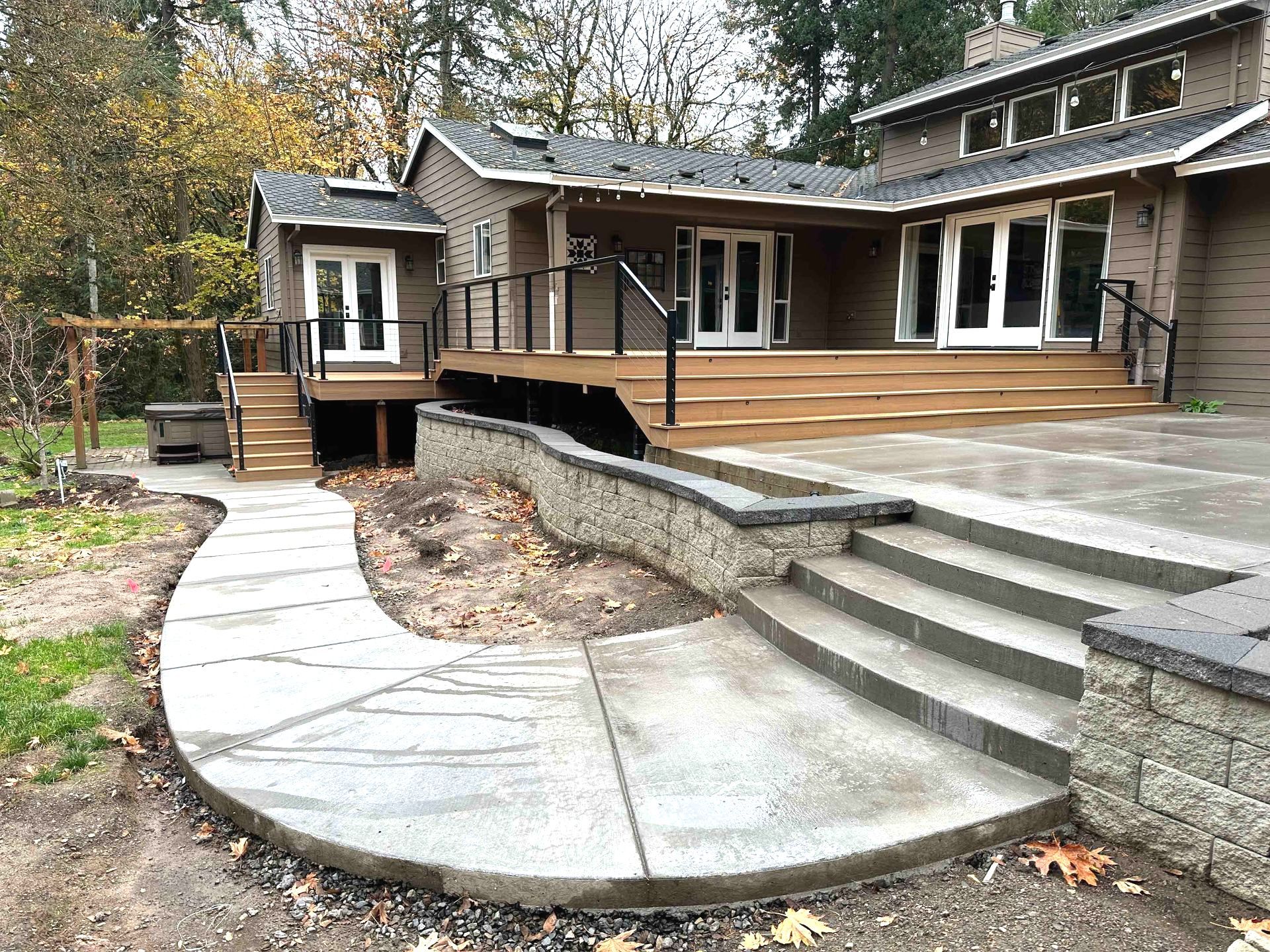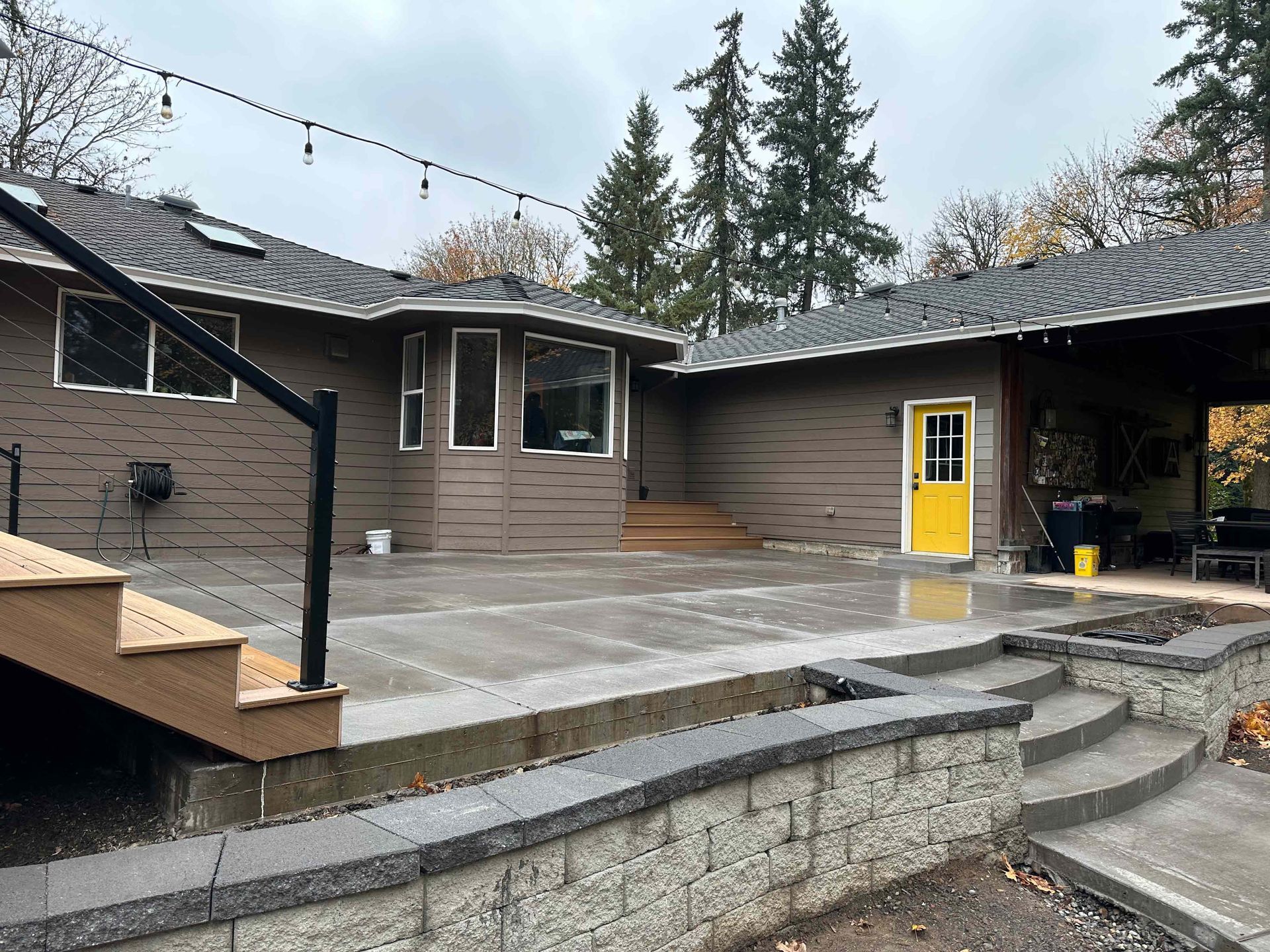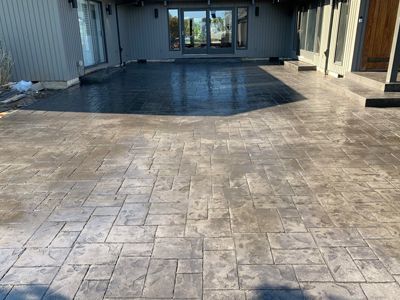Monday - Saturday: 7AM - 7PM
How to Build a Concrete Retaining Wall
Retaining walls are essential elements of any landscaping project, and they serve as both functional and aesthetic features of your outdoor space. Concrete retaining walls are popular choices among homeowners due to their durability and strength. They can withstand harsh weather conditions and are ideal for supporting soil and preventing erosion.
Building a concrete retaining wall requires careful planning, preparation, and execution. In this article, we'll provide you with a comprehensive guide on how to build a concrete retaining wall. This includes the standard quality, pre-construction assessment, estimated cost, maintenance tips, and the steps to complete in building concrete retaining walls.
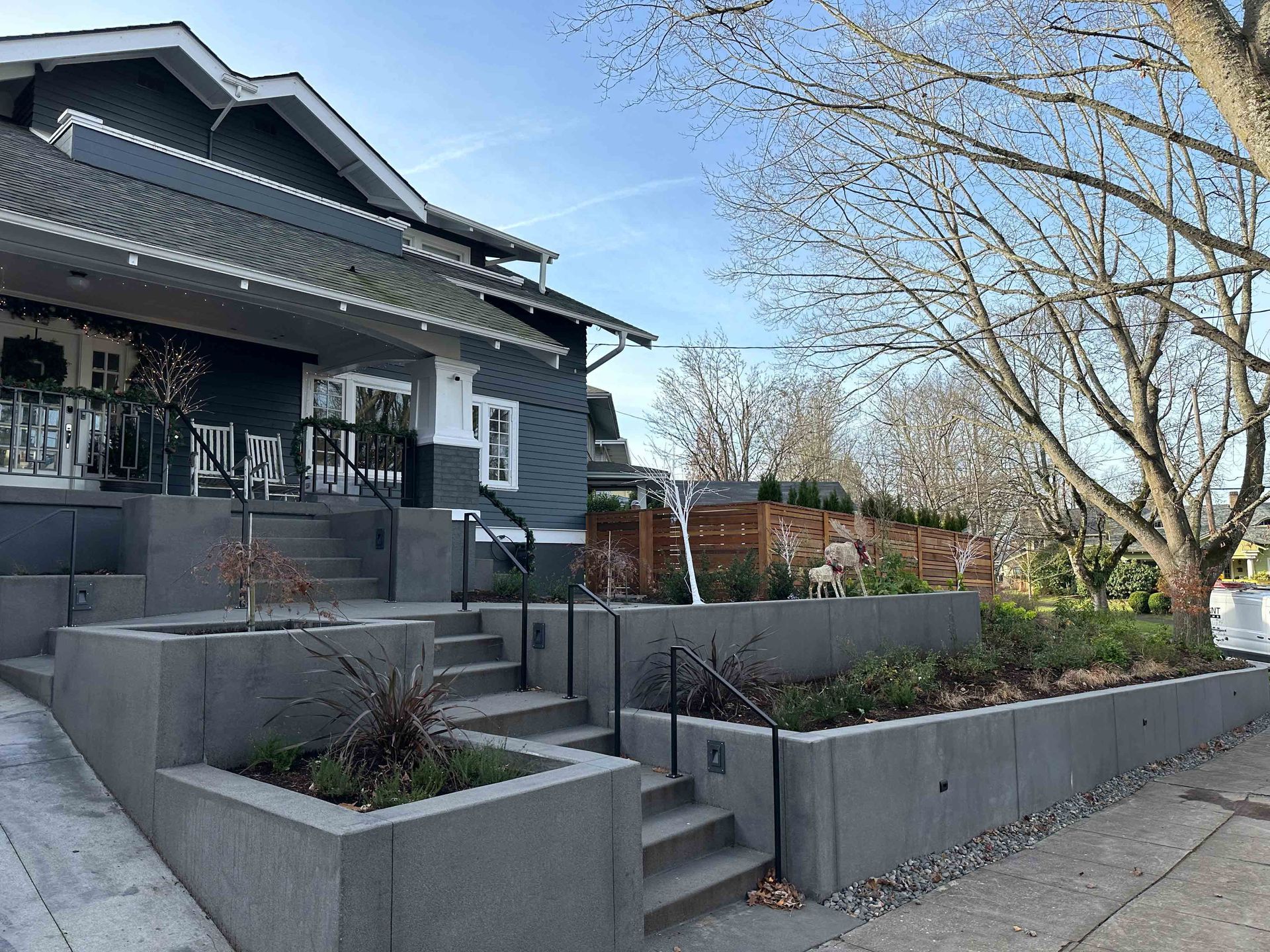
Standard Quality of Concrete Retaining Wall
Before you begin your concrete retaining wall construction, it's crucial to understand the standard quality that defines a solid and reliable structure. Let's break down what you can expect from a well-built concrete retaining wall:
Strength and Durability
A professionally constructed concrete retaining wall is engineered to withstand the significant pressures exerted by soil and water over time. The foundation should be constructed using high-quality concrete and reinforced with steel bars or mesh, ensuring its ability to provide long-term stability and support for your landscape.
Quality Materials
The concrete blocks or poured concrete used to build the retaining wall should be of high quality. They should be dense, uniformly shaped, and have consistent strength. The reinforcing steel used should also be of high quality and properly placed.
Proper Drainage
Effective drainage is essential for preventing water buildup behind the retaining wall, which can lead to structural issues and compromise its integrity. Quality concrete retaining walls incorporate smart drainage features such as gravel backfill, weep vents, or drainage pipes, facilitating the efficient diversion of water away from the structure.
Levelness and Alignment
A quality concrete retaining wall should manifest impeccable precision. Each block or segment is carefully placed and meticulously checked for levelness and alignment. This not only ensures the structural integrity of the wall but also contributes to a visually pleasing finish that enhances the overall appeal of your landscape.
Finish and Appearance
Just like the significance of functionality, the finish and appearance of the retaining wall also matter. Attention to detail in terms of texture, color, and overall aesthetics elevates the visual appeal of the structure, transforming it into a focal point of your landscape design.
Pre-Construction Assessment
Conducting a thorough pre-construction assessment is essential for any building project. Here are some simple steps you can do to ensure a successful and smooth process:
Evaluate the Site
Begin by assessing the site where the retaining wall will be constructed. Consider factors such as the slope of the land, soil type, drainage patterns, and existing structures or obstacles. This evaluation helps determine the suitability of the site for building a retaining wall and identifies any potential challenges or risks that need to be addressed during the construction process.
Determine the Layout
Consider the purpose and function of the retaining wall, as well as the overall design of your landscape. Decide where the retaining wall will be located and how it will integrate with existing features such as gardens, pathways, or outdoor living spaces. Take into account factors such as elevation changes, drainage requirements, and aesthetic preferences when determining the layout of the wall.
Measure and Establish Dimensions
Using measurements taken during the site assessment, establish the dimensions of the retaining wall, including height, length, and width. Ensure that the dimensions are in line with the requirements of the site and any applicable building codes or regulations. Use stakes and string to mark out the outline of the retaining wall, providing a visual guide for the construction process.
Obtain Permits
You may need to obtain permits or approvals from local authorities before proceeding with the construction of the retaining wall. Check with your state or relevant governing bodies to ensure compliance with any regulatory requirements. Obtaining permits in advance helps avoid delays and ensures that the project proceeds smoothly and legally.
Concrete Retaining Wall Estimated Cost
The estimated cost of building a concrete retaining wall. The cost can vary based on factors such as height, length, material, size, and finish. The average cost to build a concrete retaining wall is $20 to $50 per square foot, or $40 to $300 per linear foot. For example, installing a 50-foot-long retaining wall would typically cost $4,000 to $10,000 on average.
It is also important to note the material cost; this may vary based on location, market fluctuations, and specific project requirements.
What You’ll Need
Tools
- Safety Gear (Back Brace, Safety Glasses, Safety Gloves, Facemask)
- Shovel
- Screed
- Story Pole
- Small Sledgehammer
- Level
- Block Chisel
- Tamper or Plate Compactor
- Measuring Tape
- Transit
- Trowel
- Wheelbarrow
- Rubber Mallet
Materials
- Concrete Blocks
- Reinforcement Materials
- Gravel
- Construction Adhesive or Mortar
- Capstones or Coping Stones
- Drainage Pipe (if necessary)
- Backfill Material
- Sealer (optional)
- Stakes
- String
- Sand
Safety First
Prioritizing safety measures is essential in concrete retaining wall construction to protect you and your team from injuries and avoid legal and financial repercussions. By following established safety protocols, construction projects can proceed smoothly and safely, with better outcomes for everyone involved..
Equip yourself and your team with the necessary PPE to prevent injuries. This includes:
- Hard hats: Protect your head from falling objects or debris.
- Gloves: Shield your hands from cuts, abrasions, and potential chemical exposure.
- Safety glasses: Safeguard your eyes from flying particles, dust, and debris.
- Sturdy footwear: Wear boots with steel toes and non-slip soles to prevent foot injuries.
- Ear protection: Use earplugs or earmuffs when operating loud machinery or equipment.
Safe Handling of Tools and Equipment
Follow the right guidelines for the operation, maintenance, and storage of tools and equipment. Use caution when handling heavy machinery or power tools, and never operate them if you're fatigued or under the influence of alcohol or drugs.
Proper Lifting Techniques
Avoid lifting heavy objects improperly, as this can lead to strains, sprains, or more serious injuries. Use proper lifting techniques, such as bending at the knees and lifting with your legs, to minimize the risk of back injuries. When lifting heavy loads, seek assistance from a partner or use mechanical aids such as wheelbarrows or lifting straps.
Site Safety
Maintain a clean and organized work area to reduce the risk of trips, slips, and falls. Keep tools, equipment, and materials stored safely and away from walkways or high-traffic areas. Mark hazards, such as excavations or exposed rebar, with warning signs or barriers to prevent accidents.
Weather Awareness
Be mindful of weather conditions that could impact safety, such as high winds, lightning, or extreme temperatures. Take appropriate precautions, such as postponing work during adverse weather conditions or providing shelter and hydration for workers when working in hot weather.
How to Build a Concrete Retaining Wall, Step-by-Step
For the main highlight of this article, here’s a straightforward guide to help you build a retaining wall step by step:
Excavate
- Start by outlining the retaining wall area with stakes and string.
- Use a shovel to dig a trench along the marked outline to the required depth and width.
- Ensure the trench is level and compacted for a solid foundation.
Prepare the Foundation
- Add a layer of gravel to the bottom of the trench to enhance drainage and stability.
- Compact the gravel base thoroughly with a tamper or plate compactor.
- Check that the foundation is level across its length.
Install the First Layer of Blocks
- Lay the first row of concrete blocks or pour concrete along the trench.
- Place each block carefully, ensuring they are level and aligned with the guideline.
- Adjust block positions as needed with a rubber mallet.
Check Leveling
- Use a level to verify the horizontal and vertical alignment of the first layer.
- Make adjustments to ensure the blocks are level and aligned correctly.
Stack Additional Rows of Concrete Blocks
- Continue stacking additional rows of concrete blocks on top.
- Stagger block joints for stability and integrity.
- Check the levelness and alignment of each row as you go.
Backfill and Compact
- Fill the space behind the wall with backfill material, compacting it in layers.
- Ensure proper compaction for stability.
Finish the Top of the Wall
- Cap the retaining wall with capstones or coping stones for a polished look.
- Secure capstones in place with construction adhesive or mortar, if required.
Final Checks and Maintenance
- Inspect the completed wall for any damage or instability.
- Make necessary repairs promptly to maintain durability.
- Establish a maintenance routine to monitor and address any future issues.
Maintenance Tips to Ensure Concrete Retaining Wall Longevity
Explore these maintenance tips to help you keep your retaining wall in top condition:
Regular Inspection
Check for damage, cracks, and signs of erosion regularly.
Clean the Surface
Remove debris and dirt to prevent staining and deterioration.
Repair Cracks and Damage
Promptly fix any cracks or damage to prevent it from worsening.
Maintain Drainage
Ensure drainage provisions are clear to prevent water buildup.
Address Soil Erosion
Monitor the soil behind the wall and add backfill material as needed.
Control Vegetation
Trim or remove vegetation to prevent root damage.
Reinforce as Necessary
Consider additional reinforcement for stability.
Reinforce as Necessary
Schedule periodic inspections by a professional for expert advice.
Secure Appealing and Long-lasting Concrete Retaining Wall with Detail Concrete!
Building a concrete retaining wall can be a challenging and complex project, but with careful planning and execution, it can provide long-lasting and functional benefits to your landscape. Remember to prioritize safety, follow established guidelines, and conduct regular maintenance to ensure the longevity of your retaining wall.
If you need assistance with building your concrete retaining wall, consider hiring a professional contractor like Detail Concrete to ensure a secure, appealing, and long-lasting result. We offer reliable, comprehensive concrete services. Detail Concrete ensures quality work in every project.
Contact us today to get your project started!
